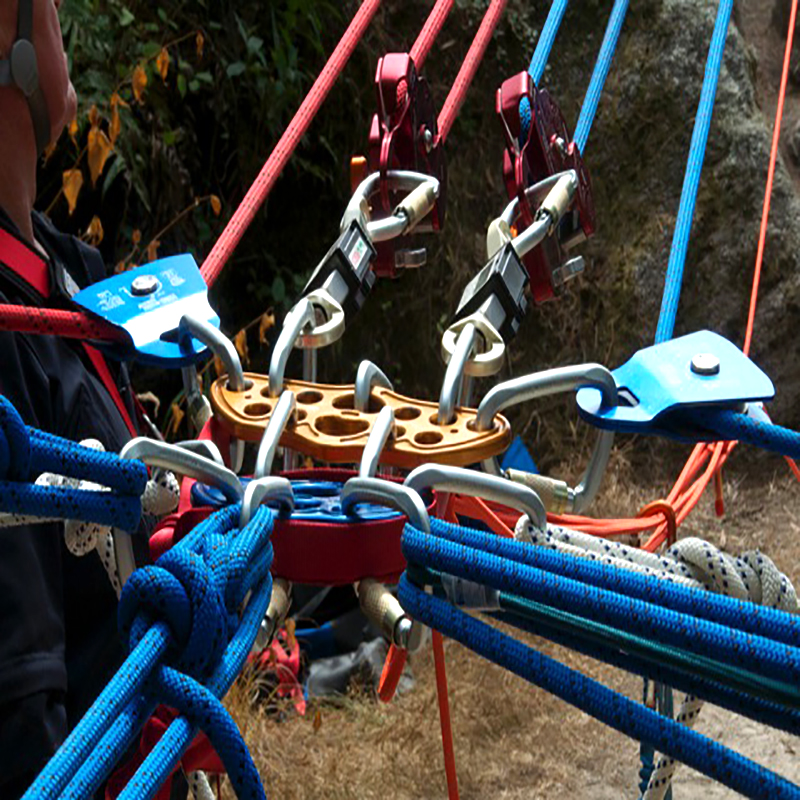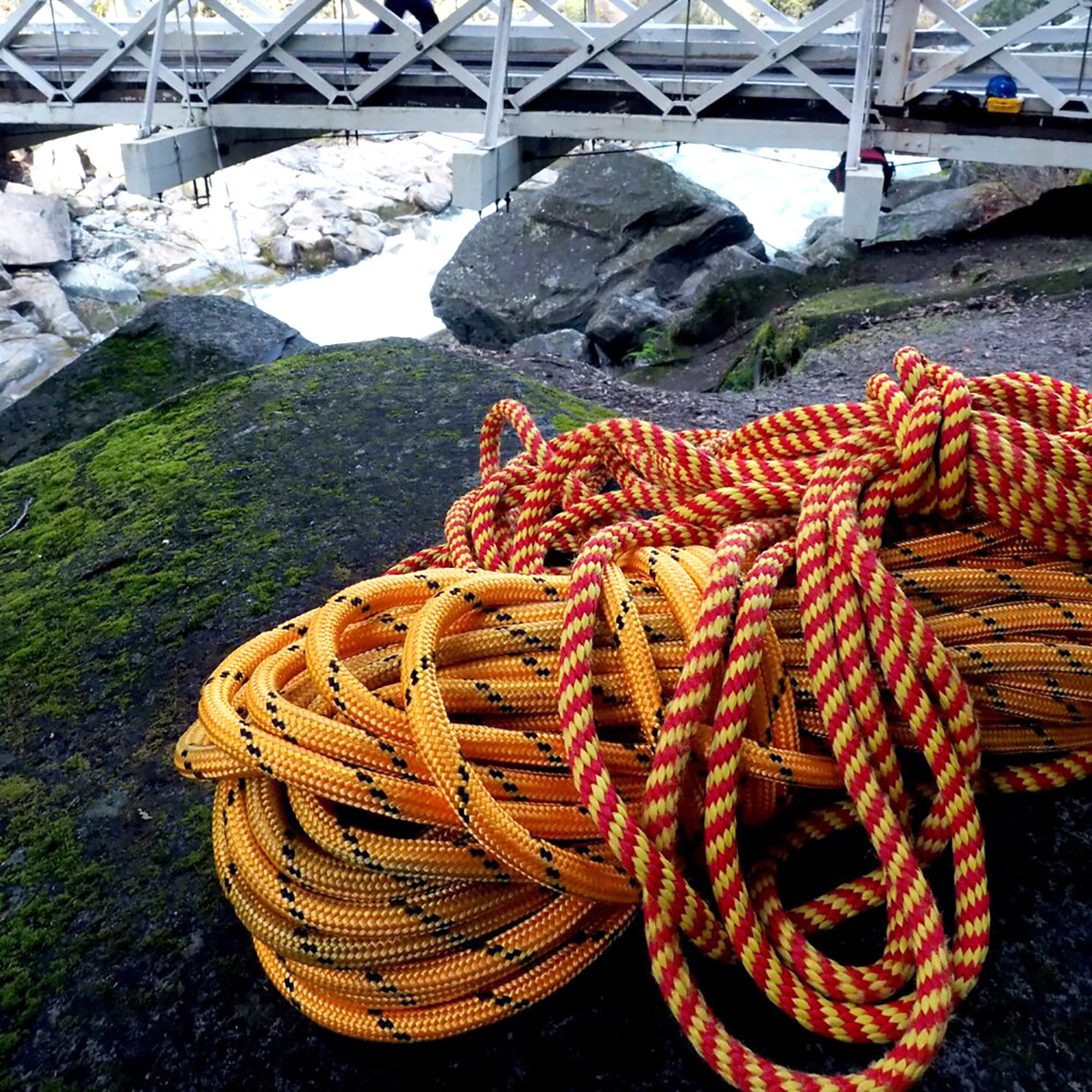Solid Braided Rope: The Epitome of Strength and Versatility
In the vast universe of ropes, Solid Braided rope stands as a paragon of engineering excellence, finding its indispensable place across a multitude of industries and daily applications.
Constructed through an intricate process of braiding multiple strands or yarns together, Solid Braided Rope derives its robustness from its unique structure. Unlike some other rope types, the continuous and compact braiding pattern eliminates any internal voids, endowing it with a remarkable density. This density not only contributes to its strength but also shields it from external elements that could otherwise cause premature wear. Fibers like nylon, polyester, and polypropylene are commonly employed in its fabrication, each lending specific qualities to the final product.
Nylon, for instance, imparts exceptional elasticity to Solid Braided Rope. This property allows it to stretch under heavy loads, effectively absorbing sudden shocks and reducing the risk of abrupt, damaging jerks. In towing operations, whether it's hauling a stranded vehicle or a watercraft, a nylon-based Solid Braided Rope can endure the initial jolt when tension is applied and smoothly distribute the force, safeguarding both the objects being towed and the towing equipment.
Polyester, on the other hand, brings to the table excellent resistance to abrasion, chemicals, and UV radiation. In marine environments, where ropes are constantly exposed to saltwater, harsh sunlight, and the abrasive surfaces of docks and boat fittings, polyester solid braided ropes reign supreme. They maintain their integrity and strength, ensuring reliable mooring, rigging, and anchoring for boats and ships over extended periods. Their chemical resistance also makes them suitable for industrial applications where contact with various substances is inevitable, such as in factories dealing with corrosive materials or in oil rigs.
The versatility of Solid Braided Rope knows no bounds. In the realm of sports and recreation, it is a staple. Rock climbers entrust their lives to these ropes, relying on their strength and flexibility to ascend vertical cliffs and rappel down safely. The compact braided structure provides a firm grip for carabiners and climbing equipment, while the ability to withstand dynamic loads during falls is a matter of life and death. In sailing, solid braided ropes are used for sheets, halyards, and control lines, deftly handling the forces exerted by the wind and waves, enabling sailors to maneuver their vessels with precision.
Industrial applications abound as well. Construction sites utilize Solid Braided Ropes for heavy lifting, with cranes hoisting building materials using ropes that can bear substantial weights without fraying or snapping. In mining operations, they are employed to transport ore carts and secure equipment in deep shafts, where durability and reliability are non-negotiable. Additionally, in the field of utilities, for tasks like stringing power lines or cable installation, the abrasion resistance and strength of solid braided rope ensure the job gets done smoothly and safely.
From a manufacturing standpoint, the precision braiding process allows for customization. Ropes can be produced in varying diameters, lengths, and colors to meet specific requirements. Whether it's a bright-colored rope for visibility in rescue operations or a thick, heavy-duty one for industrial rigging, manufacturers can tailor the solid braided rope to the task at hand.
As technology marches forward, so does the evolution of Solid Braided Rope. Innovations include the incorporation of smart fibers that can monitor tension, and temperature, and even detect damage in real-time, sending alerts to operators. This not only enhances safety but also optimizes maintenance schedules, reducing downtime in critical operations.
In conclusion, the Solid Braided Rope is far more than a simple length of cordage. It is a symbol of human ingenuity, combining the best of materials science and craftsmanship. Its unwavering strength, adaptability, and durability continue to make it an essential tool in our modern world, bridging the gap between adventure, industry, and safety.



Post time: Feb-11-2025

